Table of content
Sichuan cuisine, renowned for its bold flavors and fiery kick, has captivated food enthusiasts worldwide with dishes like mapo tofu, kung pao chicken, and the lesser-known but equally tantalizing stir-fried liver and kidney. This dish, known in Chinese as gān yāo hé chǎo, combines the rich, tender textures of pig liver and kidney with a symphony of spices, aromatics, and the signature málà (numbing-spicy) flavor profile that defines Sichuan cooking. For those eager to recreate this culinary masterpiece at home, this article will guide you through the intricate steps, from selecting the freshest ingredients to mastering the high-heat stir-fry technique that ensures every bite is bursting with flavor.
The Essence of Sichuan-Style Stir-Fried Liver and Kidney
At its core, this dish is a celebration of offal—organs often overlooked in Western cuisine but cherished in many Asian traditions for their depth of flavor and nutritional value. The liver, with its earthy richness, and the kidney, slightly mineral-tinged and tender, are married in a harmonious dance of textures and tastes. The Sichuan twist comes from the liberal use of chili bean paste (doubanjiang), Sichuan peppercorns, garlic, ginger, and a medley of vegetables like celery and bell peppers, which cut through the gamey notes of the meats with freshness and heat.
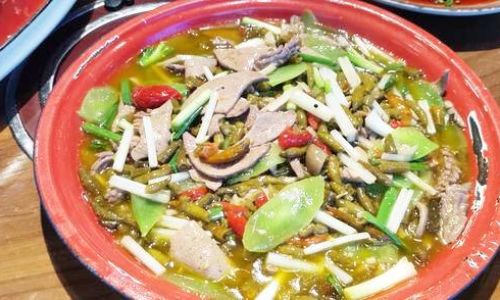
What sets this dish apart is its balance: the numbing sensation from the peppercorns, the fiery heat from the chilies, the pungent kick of garlic and ginger, and the subtle sweetness of soy sauce all work together to elevate the meats without overwhelming them. The result is a dish that is simultaneously comforting and exhilarating, perfect for pairing with steamed rice or noodles.
Ingredients: Assembling Your Sichuan Arsenal
To achieve authenticity, sourcing the right ingredients is half the battle. While some items may require a trip to an Asian grocery store, the effort is well worth it for the depth of flavor they impart.
Main Components
- Pig Liver (200g): Choose a fresh, deep-red liver with a smooth, glossy surface. Avoid any with a strong metallic smell or dry patches.
- Pig Kidney (150g): Look for firm, plump kidneys with a light pink hue. Trim away any excess fat or sinew.
- Celery Stalks (2-3): Crisp and aromatic, celery adds a refreshing crunch.
- Red Bell Pepper (1): Provides sweetness and vibrant color.
- Green Onions (3-4): Use both the white and green parts for layered flavor.
Aromatics and Spices
- Garlic (6 cloves): Minced finely to release its pungent oils.
- Ginger (1-inch piece): Grated or julienned for a zesty kick.
- Sichuan Peppercorns (1 tbsp): Toasted and ground for their signature numbing effect.
- Dried Red Chilies (6-8): Adjust to your spice tolerance; leave some whole for visual appeal.
- Fermented Chili Bean Paste (Doubanjiang, 2 tbsp): The soul of Sichuan cooking—find a brand with a deep red hue and robust fermented aroma.
Sauces and Seasonings
- Light Soy Sauce (1 tbsp): For saltiness and umami.
- Dark Soy Sauce (1 tsp): Adds color and a hint of sweetness.
- Rice Wine (1 tbsp): Use Shaoxing wine for authenticity; dry sherry works as a substitute.
- Sugar (½ tsp): Balances the heat and saltiness.
- Cornstarch (1 tbsp): Mixed with water to thicken the sauce.
- Sesame Oil (1 tsp): For a nutty finish.
Optional Add-Ins
- Wood Ear Mushrooms: Rehydrated and sliced for a chewy texture.
- Bamboo Shoots: Canned or fresh, for crunch.
- Black Vinegar: A splash at the end for acidity.
The Cooking Process: Step-by-Step Mastery
Preparing the Meats: The Key to Tenderness
The liver and kidney require careful preparation to eliminate any bitterness or gaminess.
- Liver: Slice the liver into thin, even strips against the grain. Soak in cold water for 30 minutes, changing the water twice, to remove excess blood. Pat dry with paper towels.
- Kidney: Halve the kidney lengthwise and remove the white sinew (using kitchen scissors for precision). Slice into thin strips and rinse under cold water.
Marinate both meats separately in a mixture of rice wine, light soy sauce, and cornstarch for 15 minutes. This step tenderizes the meat and seasons it lightly.
Preparing the Aromatics: Building Flavor Layers
- Toasting Sichuan Peppercorns: Dry-toast peppercorns in a pan over low heat until fragrant. Grind coarsely using a mortar and pestle.
- Chili Preparation: Snip dried chilies into 1-inch segments, discarding seeds if desired (leave some for heat).
- Vegetable Prep: Slice celery and bell pepper into thin strips; chop green onions into 1-inch segments.
The Stir-Fry: Mastering the Blazing Heat
Sichuan-style stir-frying demands a scorching-hot wok and lightning-fast movements to seal in flavors.
- Heat the Wok: Pour 3 tbsp of vegetable oil into a wok and heat until smoking. A well-seasoned carbon steel wok is ideal, but a large stainless-steel skillet works too.
- Cook the Aromatics: Add ginger and garlic, stir-frying for 10 seconds until fragrant. Toss in Sichuan peppercorns and dried chilies, stirring constantly to avoid burning.
- Introduce the Meats: Add the marinated liver and kidney. Spread them out in a single layer and let sear for 30 seconds before stirring. This ensures a golden crust.
- Add Vegetables: Toss in celery, bell pepper, and wood ear mushrooms (if using). Stir-fry vigorously for 2-3 minutes until the vegetables are crisp-tender.
- Sauce Integration: Push the ingredients to one side of the wok. On the empty side, add chili bean paste and a splash of oil. Fry for 10 seconds to activate the flavors, then mix everything together.
- Season and Thicken: Pour in light soy sauce, dark soy sauce, sugar, and a splash of water. Stir to coat. Add cornstarch slurry and cook until the sauce thickens (1-2 minutes).
- Final Touches: Drizzle with sesame oil and toss in green onions. Remove from heat immediately to prevent overcooking.
Tips for Perfecting the Dish
- Control the Heat: Maintain high heat throughout the stir-fry to avoid steaming the ingredients, which can result in a soggy texture.
- Timing is Everything: Overcooking liver and kidney will make them tough and chalky. Aim for a tender, slightly pink interior.
- Spice Management: Adjust the chili and peppercorn quantities to suit your palate. For less heat, reduce the chilies and omit the seeds.
- Freshness Matters: Use the freshest possible ingredients, especially the liver and kidney, to minimize gaminess.
Variations and Regional Twists
- Spicier Version: Add a teaspoon of chili oil or fresh bird’s eye chilies during the final stir.
- Vegetarian Adaptation: Substitute the meats with king oyster mushrooms or tofu puffs, adjusting cooking times accordingly.
- Noodle Pairing: Serve over hand-pulled noodles (la mian) for a hearty meal.
The Cultural Context: A Dish Steeped in Tradition
Stir-fried liver and kidney is more than just a meal—it’s a testament to Sichuan’s culinary philosophy of yún wèi (harmonious flavors). Historically, offal was a common ingredient in peasant households, where no part of the animal went to waste. Over centuries, Sichuan cooks transformed these humble ingredients into gourmet delights, using spices to elevate their natural flavors.
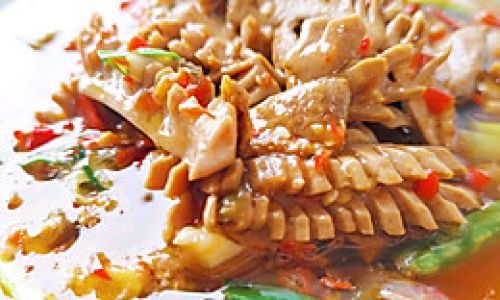
The dish also reflects the region’s agricultural heritage. Sichuan’s fertile plains and humid climate necessitated bold seasonings to combat dampness and stimulate the appetite. Today, it remains a staple on chuan cai (Sichuan cuisine) menus, beloved for its rustic charm and ability to awaken the senses.
Health Considerations and Nutritional Benefits
While liver and kidney are nutrient-dense—rich in iron, vitamin A, and B vitamins—they are also high in cholesterol. Moderation is key, especially for those with cardiovascular concerns. The dish’s vegetables and aromatics, however, offer fiber, antioxidants, and anti-inflammatory properties, balancing the meal.
Serving Suggestions: Pairing and Presentation
- Rice is Non-Negotiable: The sauce’s intensity demands a neutral base like jasmine rice or sticky rice.
- Beer or Tea: A crisp lager or jasmine tea complements the spice without overwhelming the palate.
- Garnish Creatively: Sprinkle with toasted sesame seeds or fresh cilantro for a pop of color.
Conclusion: A Culinary Journey to Sichuan
Mastering Sichuan-style stir-fried liver and kidney is a rite of passage for any home cook eager to explore the depths of Chinese regional cuisine. While the recipe may seem daunting at first glance, breaking it down into manageable steps—from meticulous prep to lightning-fast stir-frying—yields a dish that is both impressive and deeply satisfying.
As you savor each bite, let the numbing heat of Sichuan peppercorns and the smoky richness of the meats transport you to the bustling streets of Chengdu, where this dish is as much a part of daily life as the laughter shared over steaming bowls of rice. Whether you’re a seasoned offal enthusiast or a curious newcomer, this recipe promises a taste of tradition, reimagined for the modern kitchen.
So, don your apron, fire up the wok, and embark on a flavor-packed adventure. Your taste buds will thank you.
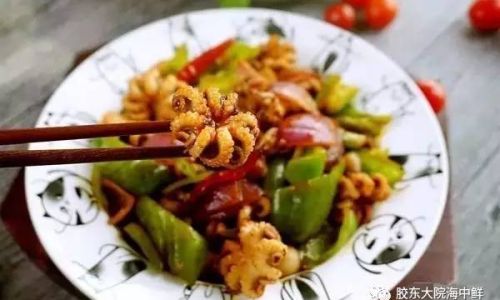
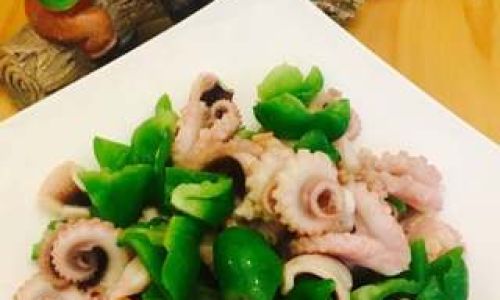
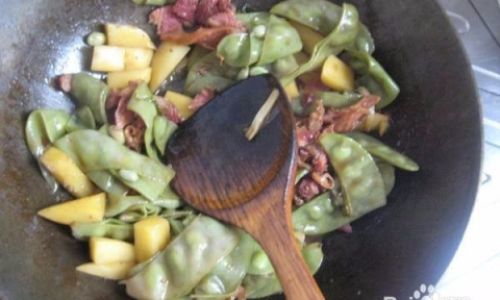
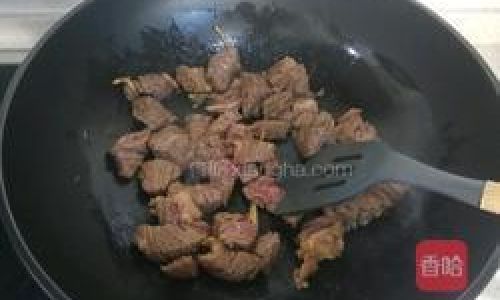
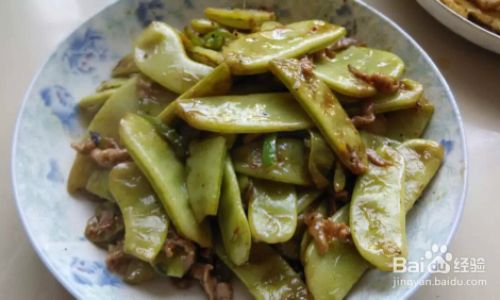
0 comments